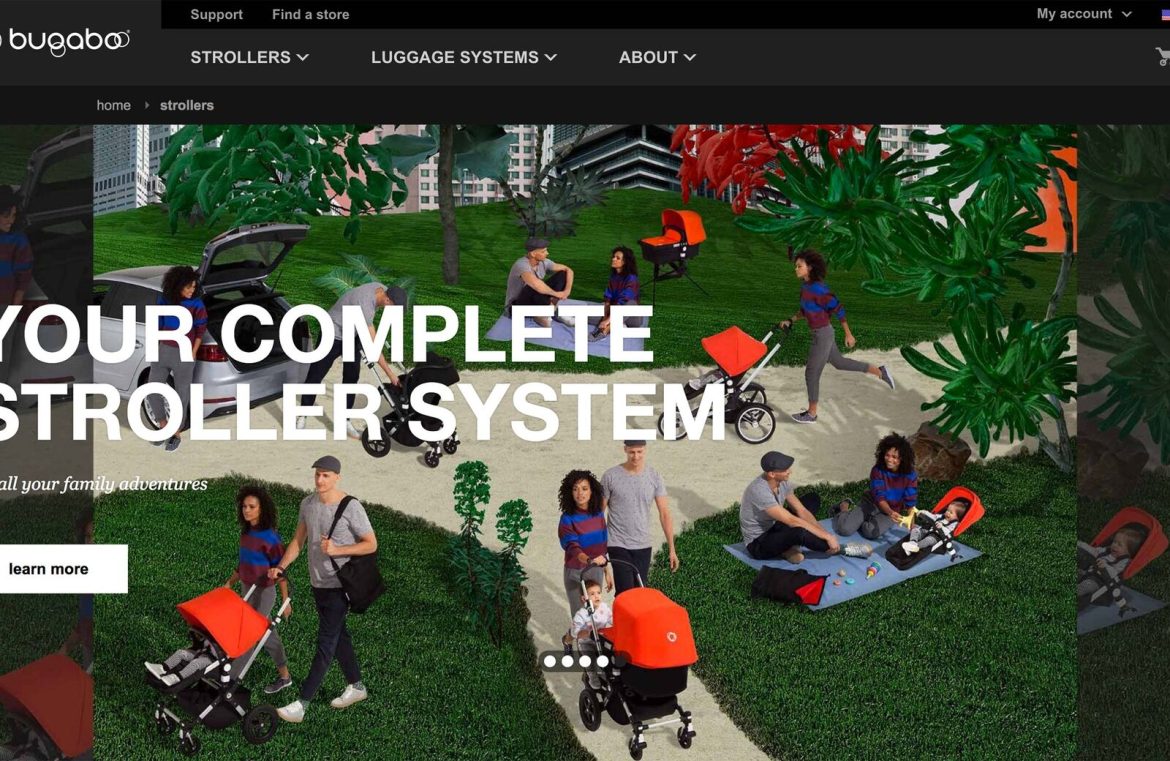Decoding Consumer Behavior
Consumer psychology seeks to demystify the processes behind how people assess various options and events. It has become evident through research that these assessments are not solely based on the inherent value or quality of an item but are also swayed by personal perceptions and internal biases. Often, website visitors might leave without completing their tasks. If fortune favors, they might revisit; however, chances are slim and their initial intent is usually forgotten. These potential customers are prime targets for retargeting, encouraging their return and completion of the intended action.
1. Applying Psychological Distance
Our mental portrayal of an object is influenced by our perceived distance from it. Low-level construals focus on the tangible aspects such as price and specifications, while high-level construals pertain to the overall experience and more abstract properties. A broken link referenced as ‘unclickable’ is a low-level construal. Associating the broken link with the emotion of frustration ventures into a high-level construal.
2. Primacy Effect in Decision Making
The primacy effect implies that when presented with a sequence of options, our memory favors the initial items, attributing to them greater significance. The start of a list commands more attention, diminishing as the mind becomes preoccupied or weary.
3. Human-Centric Web Design
An often-neglected principle in web design is creating an interface that prioritizes human interaction, particularly targeted toward the intended user demographic. It’s essential to assess whether your platform — be it an application, website, or software — resonates with your audience and prompts engagement. Remember, a design component that might seem logical to you could potentially be perplexing for a visitor. User engagement is intricately linked to their physiological and psychological reactions to the content you display.
4. The Psychology of Color in E-commerce
It’s intriguing to note how different hues can elicit varied reactions and impulses. 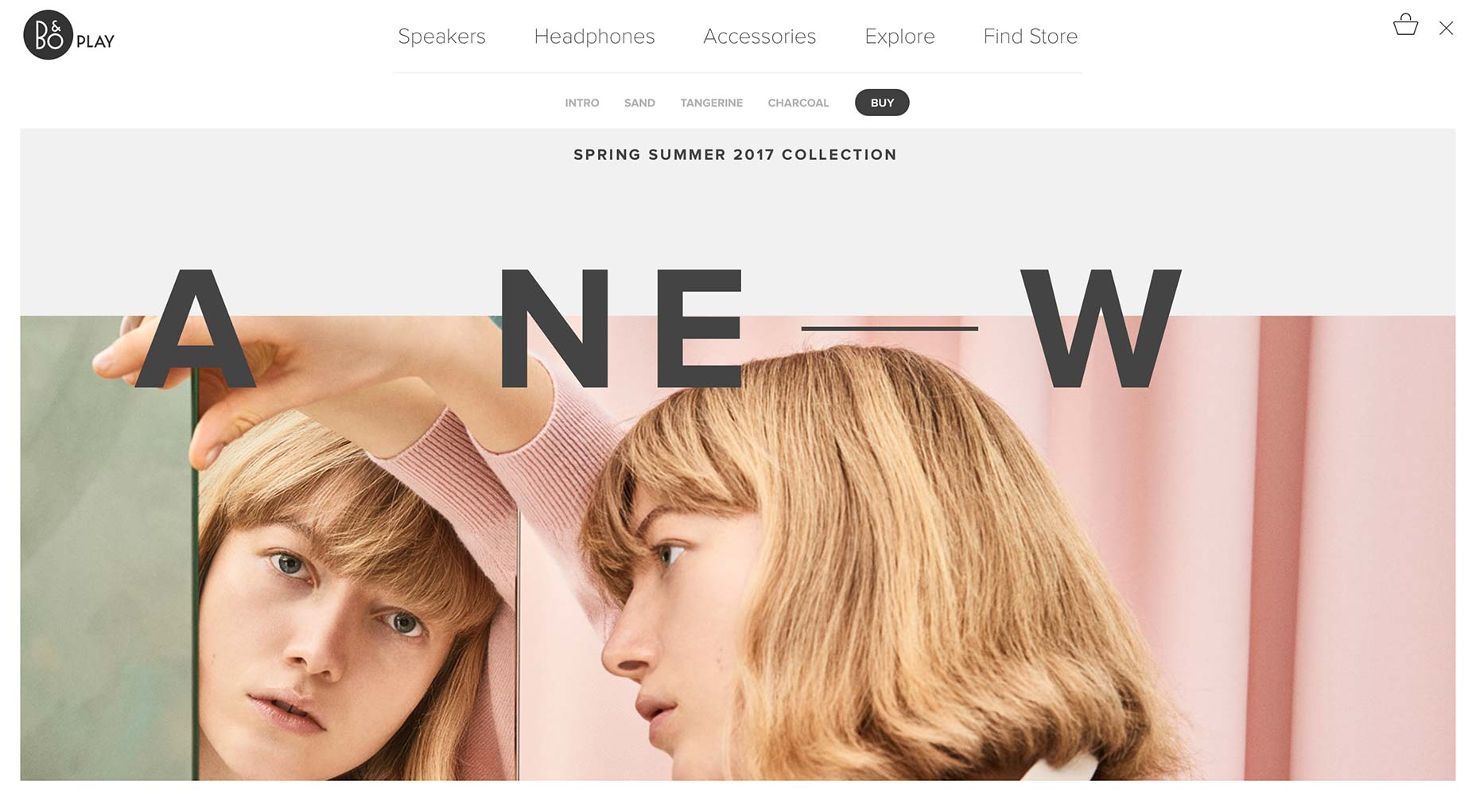 Given that personal experiences and cultural backgrounds shape color interpretation, having a foundational understanding of color theory is immensely beneficial.
Given that personal experiences and cultural backgrounds shape color interpretation, having a foundational understanding of color theory is immensely beneficial.
5. Simplifying Choices Through Contrast
Complex choices overwhelm the mind, potentially resulting in a frozen state of indecision. Simplification through contrast can remedy this, providing visual clarity that guides users towards making decisions. 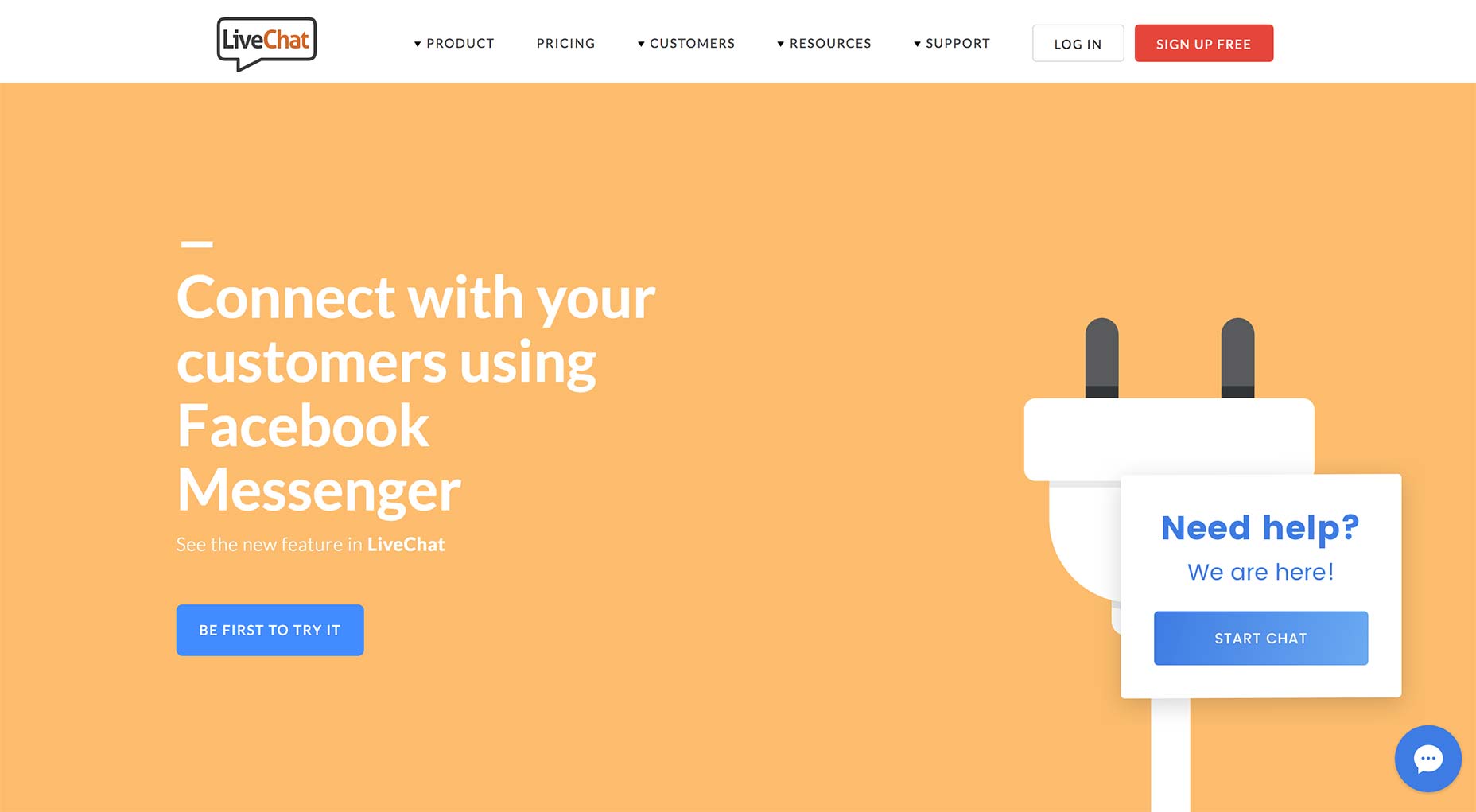 Remember, the human brain gravitates towards simplicity and distinct contrasts.
Remember, the human brain gravitates towards simplicity and distinct contrasts.
Hick’s Law: Abundance of Choice Paralyzes Action
The dilemma of choosing the right chocolate at a store is a testament to Hick’s law: too many options often lead to inaction. 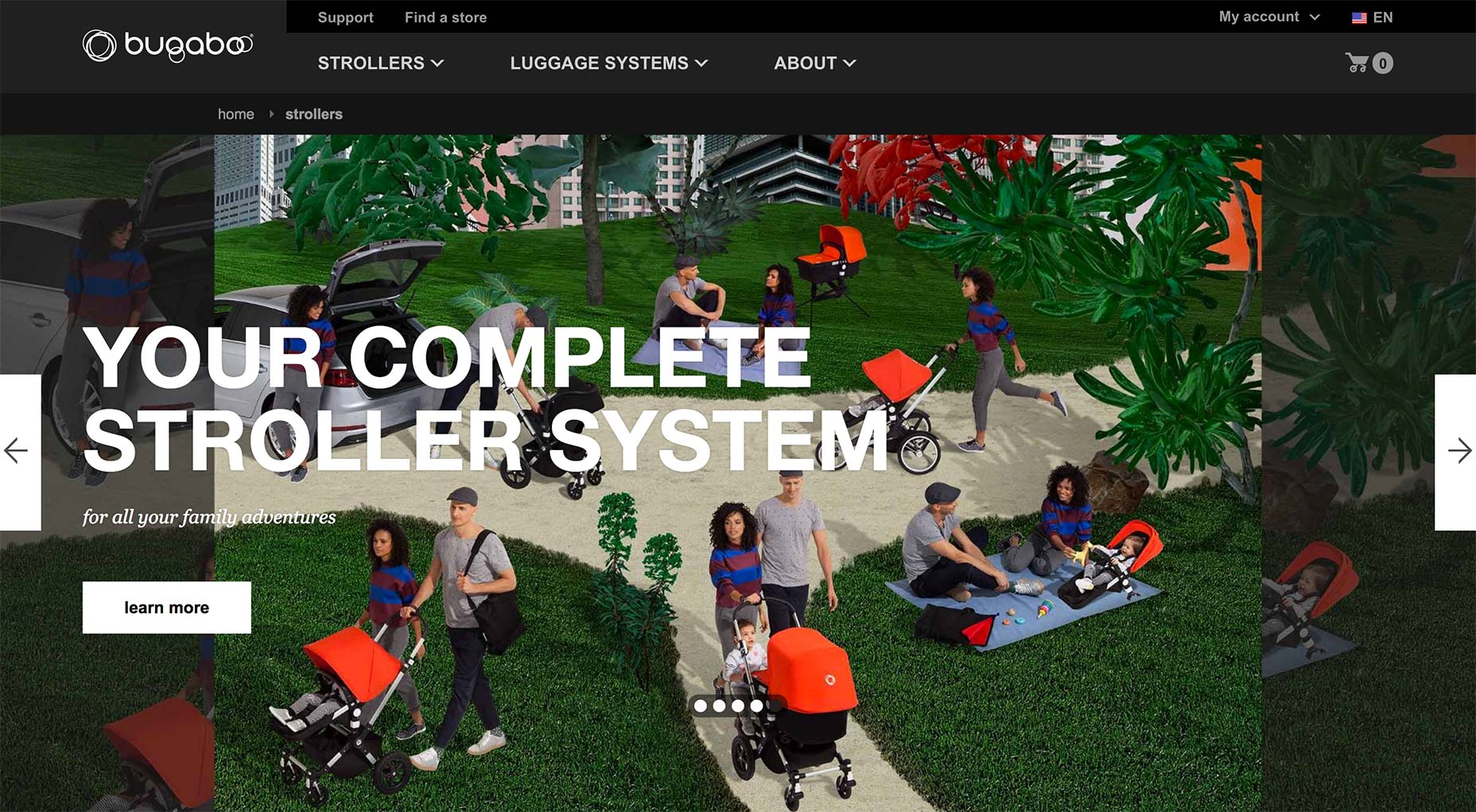 This stands true for websites bombarded with choices, be it in product selection, images, or shipping alternatives, resulting in visitor withdrawal without carrying out the intended action.
This stands true for websites bombarded with choices, be it in product selection, images, or shipping alternatives, resulting in visitor withdrawal without carrying out the intended action.
6. The Effect of Social Proof
Social proof, or informational social influence, describes how individuals conform to group behavior. Our decisions are often a reflection of observing and mimicking others, as the brain’s decision-making center is closely tied to its reward and social learning areas. Witnessing others’ choices activates this center, leading us to emulate them. 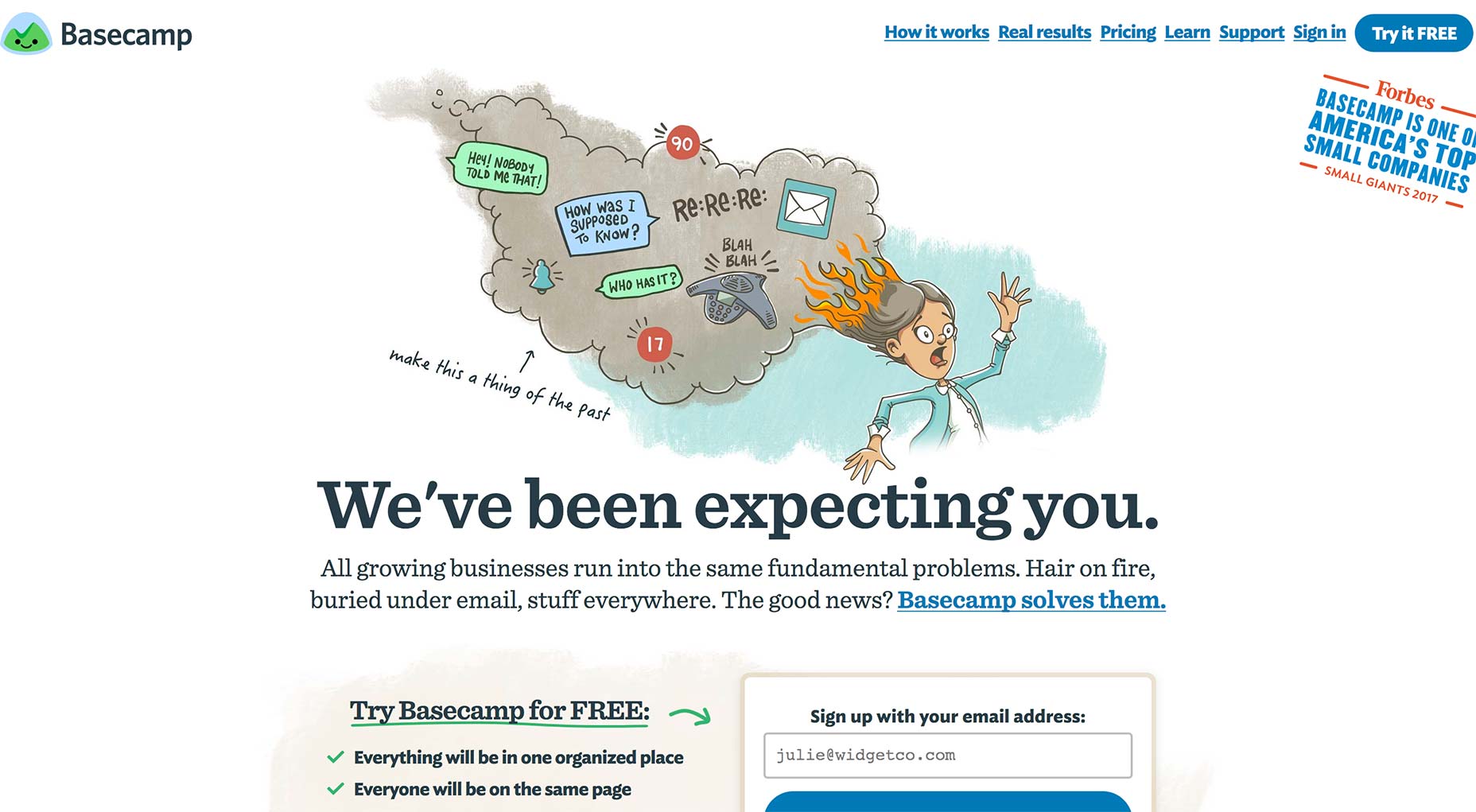
7. Gradually Encourage Commitment from Visitors
Often, visitors leave a site not due to a lack of interest but the absence of immediate purchase intent. Many use the shopping cart as a calculator for potential expenses and might take their time before finalizing a purchase. Utilizing the Foot in the Door technique can gently nudge them towards smaller initial commitments, subsequently leading to bigger ones.
8. Incorporating Human Faces in Design
There’s something universally comforting about a smiling, human face. Whether due to cultural familiarity or the brain’s specialized cells responsive to facial recognition, incorporating faces into your design can be a powerful tool. 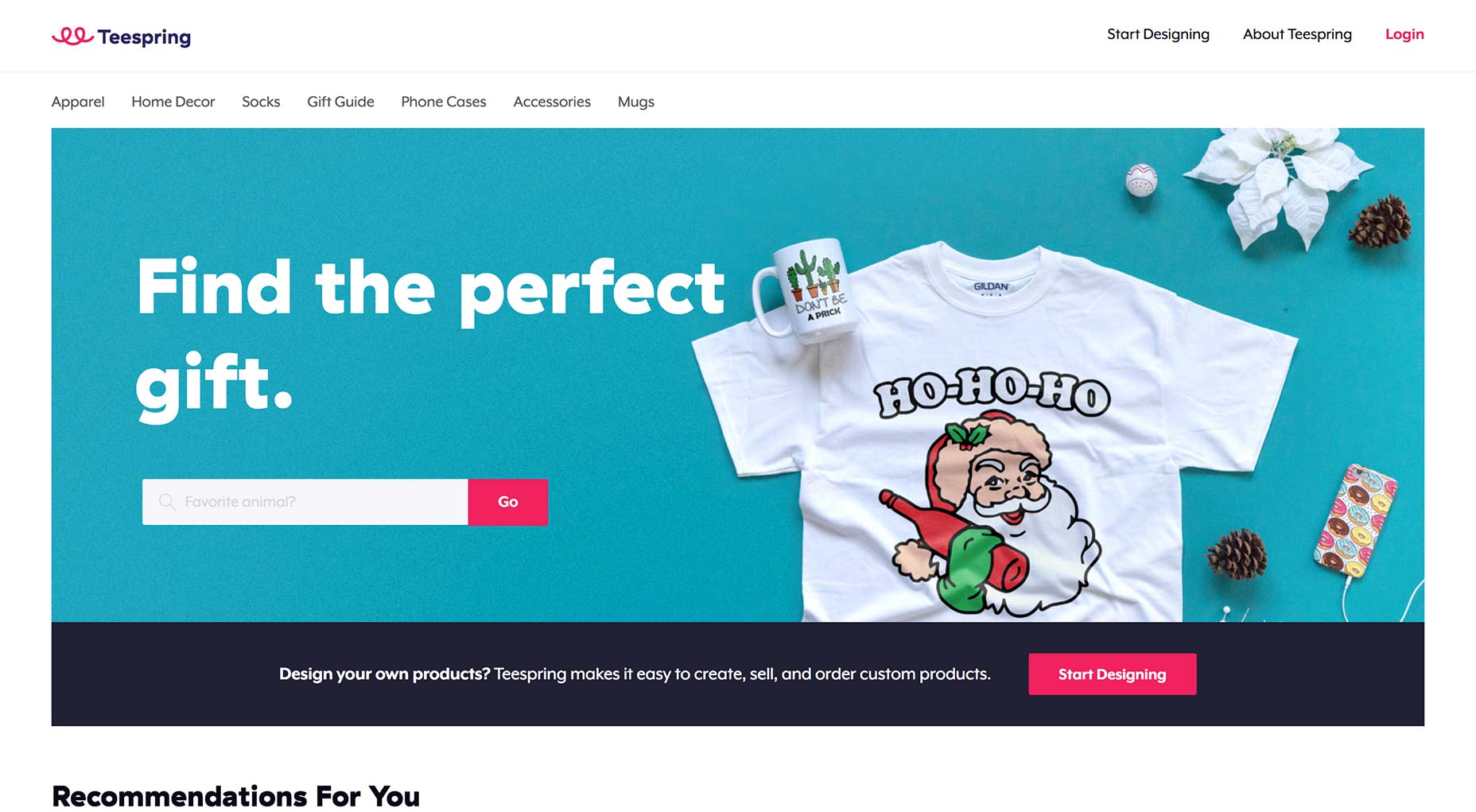 Having an image of someone looking toward critical content on your site can effectively capture and direct attention.
Having an image of someone looking toward critical content on your site can effectively capture and direct attention.
9. The ‘Completed Progress’ Illusion for Encouragement
Consider loyalty cards with pre-existing stamps: studies have proven this gives customers a sense they’re closer to achieving a goal, encouraging them to complete their pursuit. This principle can be applied to reverse shopping cart abandonment by instilling a sense of progression in customers.
Closing Thoughts
Armed with these design and psychological insights, you can now refine your strategies to better align with your audience’s mental processes. Analytics may sometimes reveal puzzling navigational patterns, but experts confirm that many consumer tendencies are not just explainable but can be anticipated. Understanding what drives your visitors is vital in crafting a retargeting message that resonates and inspires action.
